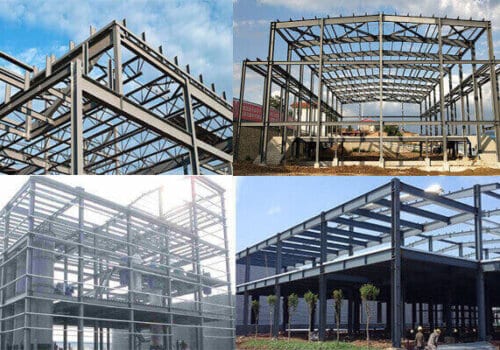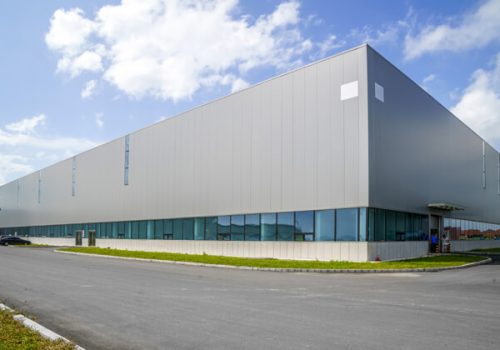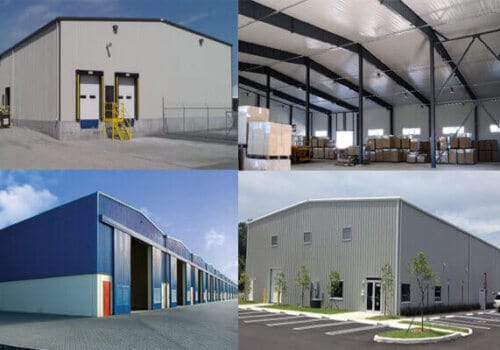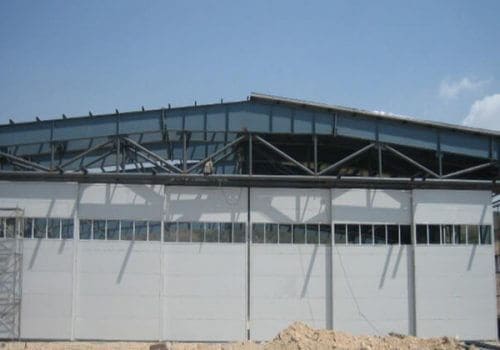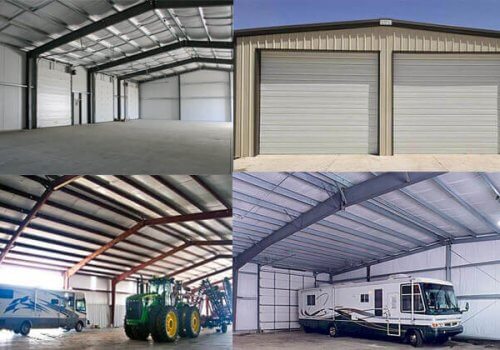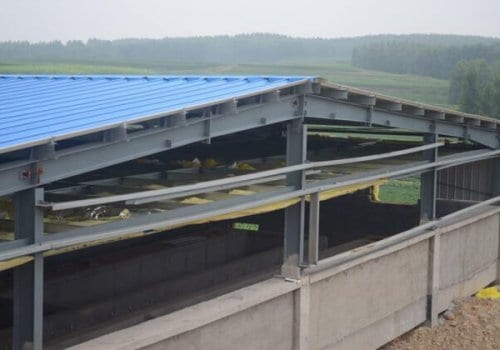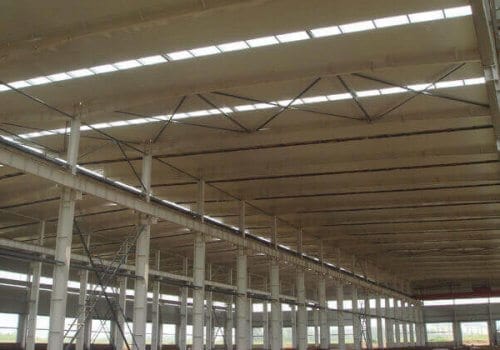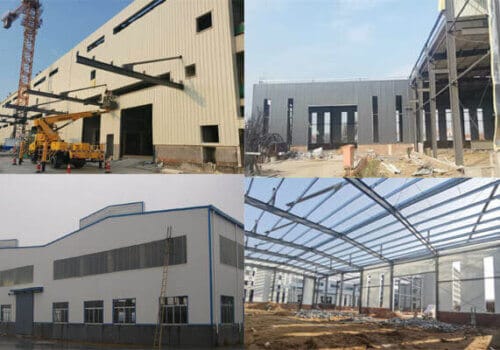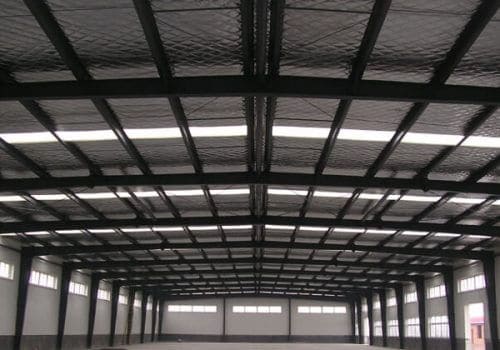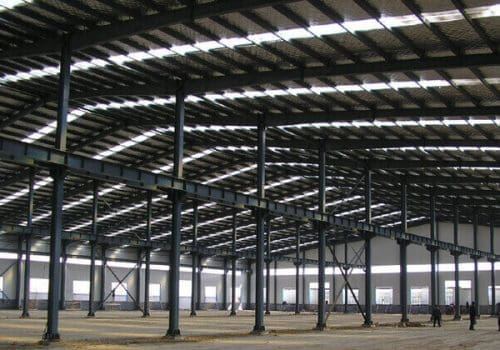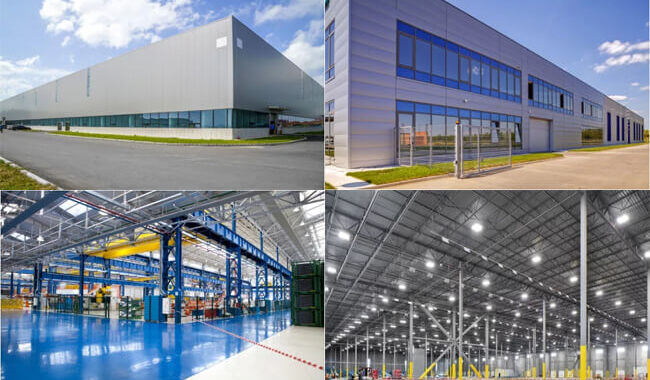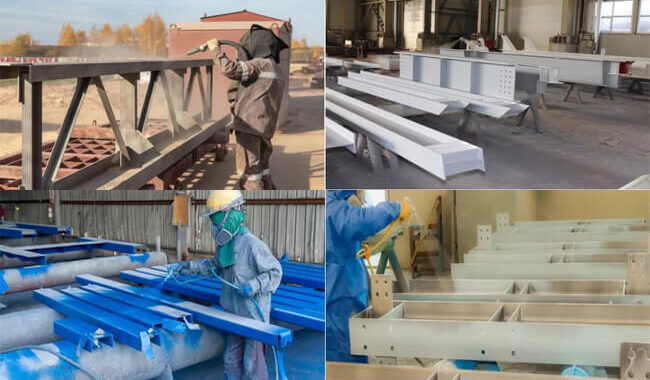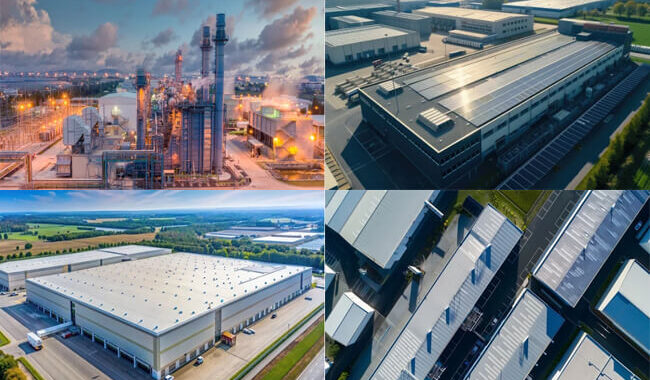As the primary building material for steel structure industrial buildings, light steel structures directly affect the stability of the main…
When designing a scheme, the owner often asks me: “Which structure is better for my project? Concrete structure or steel structure?” Or: “Which is better, steel structure VS concrete structure?” “Which is more economical ?”
It is evident that steel is more expensive than concrete. If we only consider the cost, a pure steel structure is about two times that of a concrete structure, and a steel-concrete combined or hybrid structure is about 1.5 times that of a concrete structure.
Therefore, the general concept is compared with a concrete structure. Compared with steel structure, steel structure is uneconomical. This is only a conclusion drawn from the analysis of the initial cost of the structure, which is one-sided. To honestly evaluate the superiority of a structural system, it is necessary to consider the problem comprehensively and systematically and examine its comprehensive benefits.
Let’s first look at the characteristics of these two structures. The concrete structure is composed of steel bars and concrete. It has the features of self-heavy weight, strong integrity, resistance to superficial erosion, and good airtightness. But a long construction period. The steel structure is formed by connecting steel components. It is lightweight, with good elasticity but weak integrity, poor fire and corrosion resistance, and poor airtightness, but the construction period is relatively short.
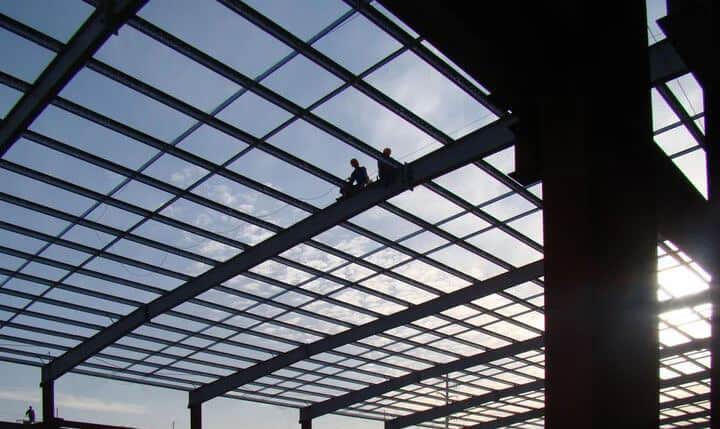
Steel structure VS concrete structure
Advantages of economic performance of steel structures
Compared with the use of concrete structures in high-rise buildings, steel structures have the following advantages in terms of financial performance:
1) The steel structure is light in weight.
The self-weight of high-rise steel structures is generally 1/2~3/5 of the self-weight of high-rise concrete structures.
Reducing the structure’s self-weight can reduce the seismic force, thereby reducing the structural design’s internal force. In addition, reducing the weight of the structure can also reduce the cost of the foundation. This advantage is more evident in soft soil areas in the south.
2) Steel structural materials are solid.
Compared with concrete structures, steel structure columns have a smaller cross-sectional area, which can increase the effective use area of the building. Generally, the cross-sectional area of high-rise steel structure columns accounts for about 3% of the building area. In comparison, the cross-sectional area of high-rise concrete structural columns accounts for 7% to 9% of the building area.
3) Steel structure construction is fast.
Generally, one layer of high-rise steel structures is completed every four days on average. On average, one layer of high-rise concrete structures is constructed every six days; that is, the construction speed of steel structures is approximately 1.5 times that of concrete structures.
Shortening the structural construction period can put the entire building into use earlier and shorten the loan repayment time for construction loans, thereby reducing loan interest. For example, in the past few years, the investment payback period of high-end office buildings was about three years.
Suppose the steel structure can be used half a year earlier than the concrete structure. In that case, it is approximately equivalent to the investment saving of 18% using the steel structure compared with the concrete structure.
4) There are many pipes in high-rise buildings.
If a steel structure is used, holes can be made in the beams to pass through the pipes. However, if a concrete structure is used since the beams are unsuitable for opening holes, pipes usually pass under the beams, thus occupying a certain amount of space.
Therefore, when the floor height is the same, the floor height of the steel structure can be smaller than that of the concrete structure, which can reduce the area of the peripheral retaining wall, save the energy required for indoor air conditioning, and reduce building maintenance and usage fees. In addition, under the condition that the total height of the building is determined, the steel structure can be used to build several more floors than the concrete structure, thus increasing the building area.
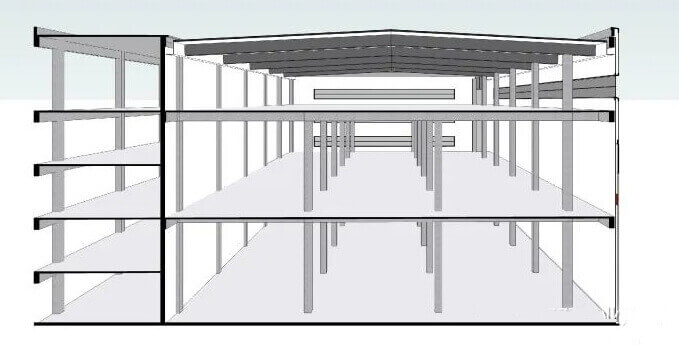
Compared with concrete structures, the structural performance of steel structures has the following advantages:
1) When the beam height is the same, the bays of the steel structure can be 50% larger than the bays of the concrete structure, thus making the building layout more flexible.
2) The flexibility of steel structures is much better than that of concrete structures, so the seismic performance of steel structures is better than that of reinforced concrete structures.
3) Since steel structures are lighter than concrete structures, it is easier to adopt structural vibration control measures such as TMD and TLD to improve the wind and earthquake resistance of the structure. The vibration reduction effect of the TMD or TLD device is directly related to the mass ratio of the device to the structure.
4) Because the steel structure is processed and manufactured in the factory, it has high precision and guaranteed quality. Compared with on-site construction of concrete structures, it is easier to meet the structural design requirements.
5) During the construction process of high-rise buildings, design changes often occur due to changes in owner requirements. Steel structures make it easier to accommodate changes.

Material characteristics: Steel Structure VS Concrete
The steel structure is a spatial structure mainly composed of steel as raw materials and is one of the main structural types of modern buildings. The steel structure mainly comprises steel beams, columns, trusses, and other components of section steel and steel plates as raw materials. Welding, bolts, or rivets usually connect the components or parts. Because of its lightweight, quick, and easy construction is widely used in large-scale factories, gymnasiums, farmer’s markets, warehouses, and other fields, but its fire resistance is poor.
A concrete structure is mainly made of concrete, including plain concrete, reinforced concrete, prestressed concrete structures, etc. The advantages of concrete structure are embodied in the following aspects: good integrity can be poured into a whole; can be poured into structures of various shapes and sizes; good durability and fire resistance; low engineering cost and maintenance cost.
The structure form is determined by the construction period:
A multi-story office building does not have a large span or a large cantilever. Under normal circumstances, we would prefer a concrete frame structure. But the owner is eager to put it into use, hoping to shorten the construction period. Then we would recommend changing the primary system to a steel frame structure. During the foundation excavation, pouring, and maintenance stages, many steel components can be made in the processing plant simultaneously, thus significantly shortening the construction period.
Misunderstandings about steel structure
Steel structures are ubiquitous these days, and steel structures are an extremely durable building material with outstanding benefits that make them very popular in modern architecture. But there are still many misconceptions about steel and its function in buildings. The following are some common misunderstandings about steel structure buildings. Do you also have such misunderstandings about steel structure buildings?
- Steel framing will rust: Construction steel is often dipped in a protective coating to protect the material from rust and corrosion. Most construction steels come with at least a 50-year warranty, ensuring that buildings don’t need attention for half a century. The current anti-corrosion skills are very mature, and there is no need to worry about this problem.
- Steel structures can interfere with TV, radio, and Wi-Fi reception: Most of us rely on cell phones and wireless internet for our daily lives, and many still use antennas to listen to radio and TV—if steel interferes with these signals, then no People will use its modern architecture. Radio waves can pass through the spaces between the studs in the steel frame, allowing signals to pass through as easily as a wooden frame.
- Steel framing is dangerous in thunderstorms: We all know that metal conducts electricity. It is likely the origin of the idea that steel framing is dangerous and even attracts lightning. However, it is actually safer to live in a steel frame during a thunderstorm. It is because steel conducts the lightning’s energy underground, safely dispersing it before harming anyone.
- Steel expands and contracts more quickly than other building materials: All building materials expand and contract with heat, which is why architects and engineers design products around this inevitability. Steel has far less thermal movement than other building materials, so it’s easy to keep your building from cracking.
- Steel frames are noisy: If your building is structurally sound, steel frames are quieter than wood-frame buildings of the same size and design.
- Steel buildings are unattractive: Steel buildings can be customized both externally and internally to suit every look and shape you want. Most people think that steel structure buildings are ugly because they only think of industrial facilities, and the appearance of industrial buildings is often more economical and practical. Owners generally do not carry out modeling decoration to save unnecessary expenses. You may have seen many steel buildings without realizing that they are steel buildings. Many of the current subway stations, large shopping malls, and tourist attractions thanks steel structures.
- Steel is dangerous when it touches live wires: Most steel buildings are equipped with circuit breakers to ensure the safety of their occupants. If the live wire somehow connects the frame, the circuit breaker will trip, preventing injury.
- Steel structure buildings have low thermal conductivity: This is one of the biggest misconceptions about steel structure buildings. Many people associate metal with the cold, but steel buildings prevent heat transfer, especially when built with metal roofs.
Perhaps these misunderstandings have always existed in people’s hearts. Still, the advantages of steel structure buildings are becoming more and more prominent, and people feel its benefits, and the misunderstandings about steel structure buildings will gradually disappear. Steel structure buildings are the future development trend, which will not change.
